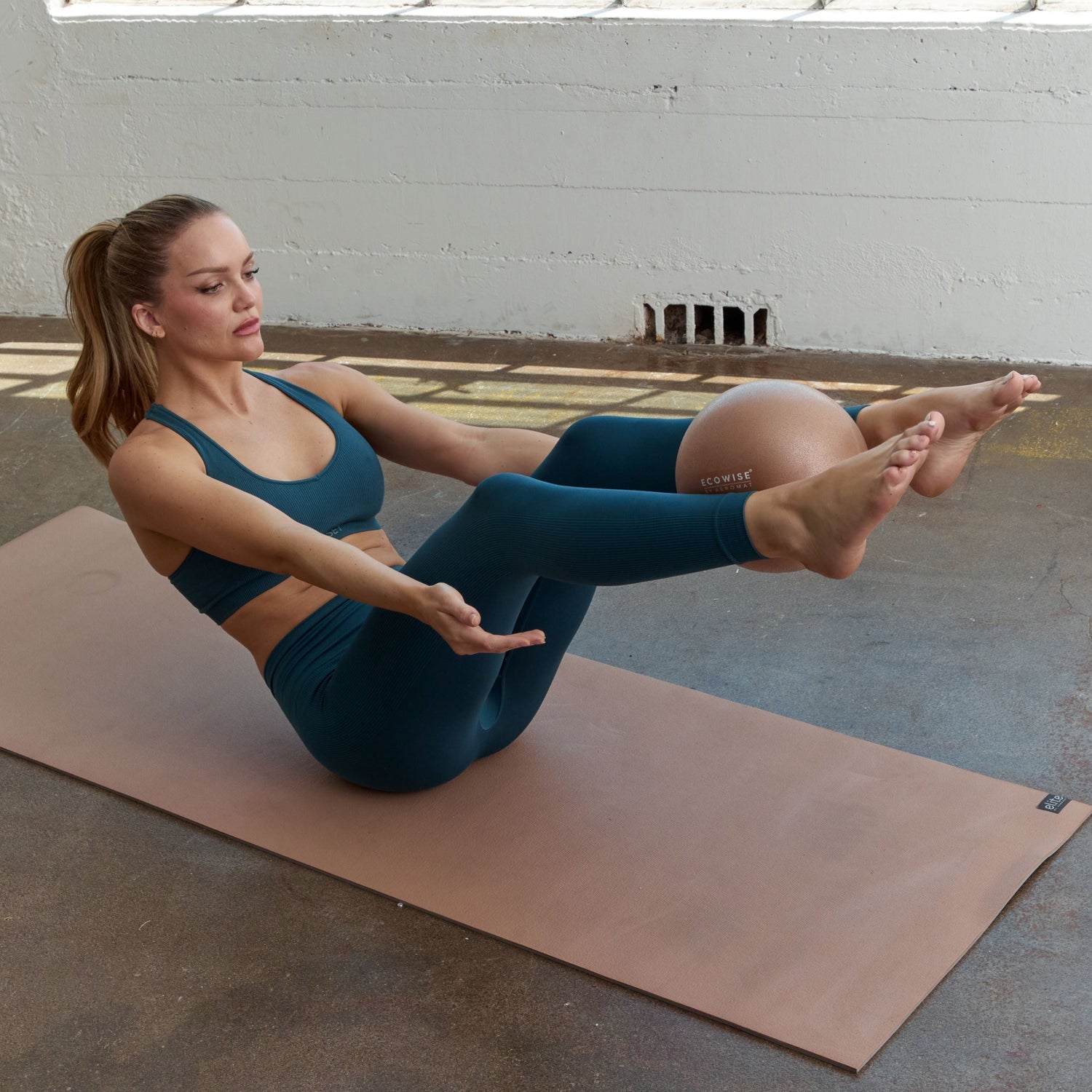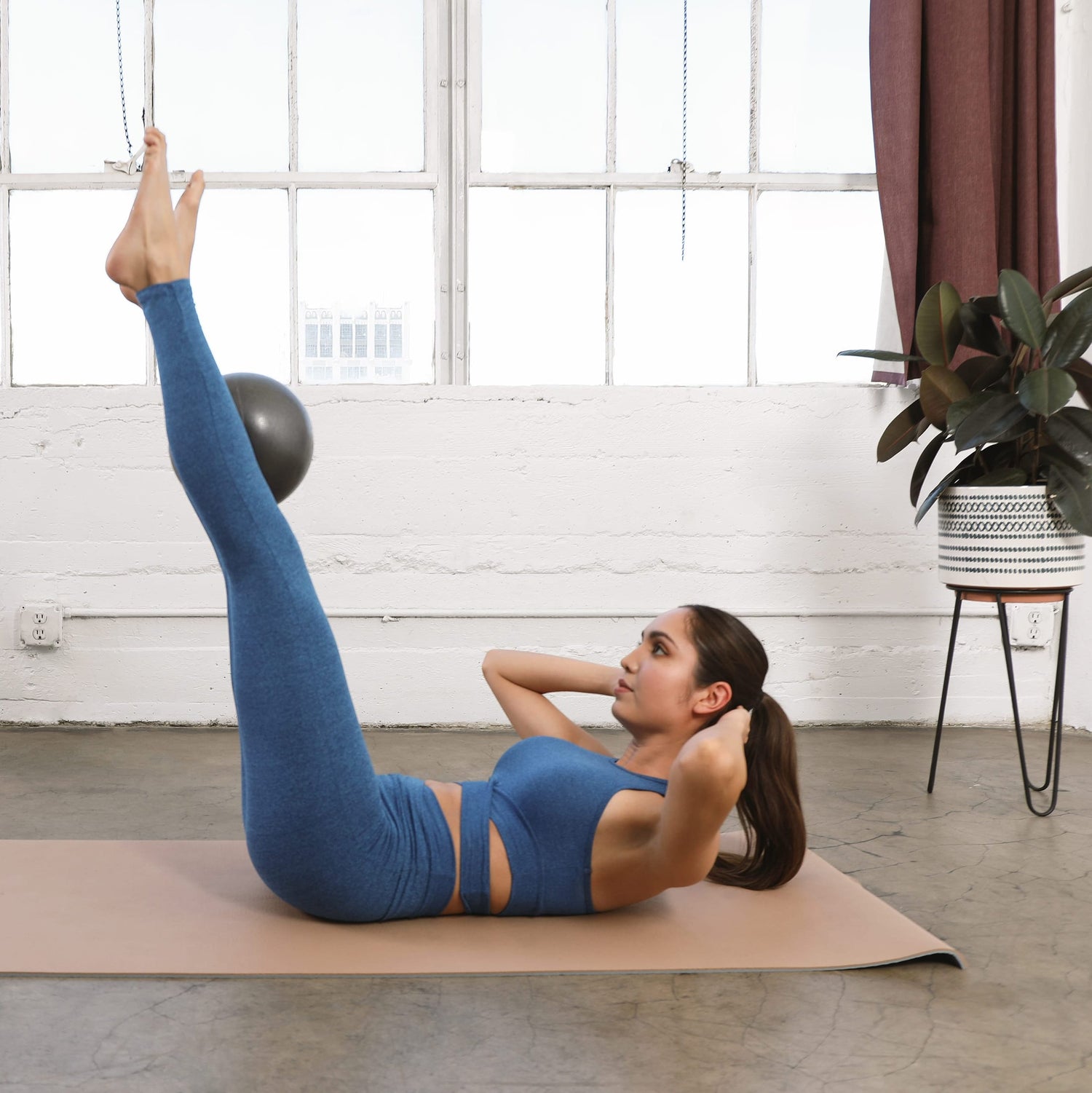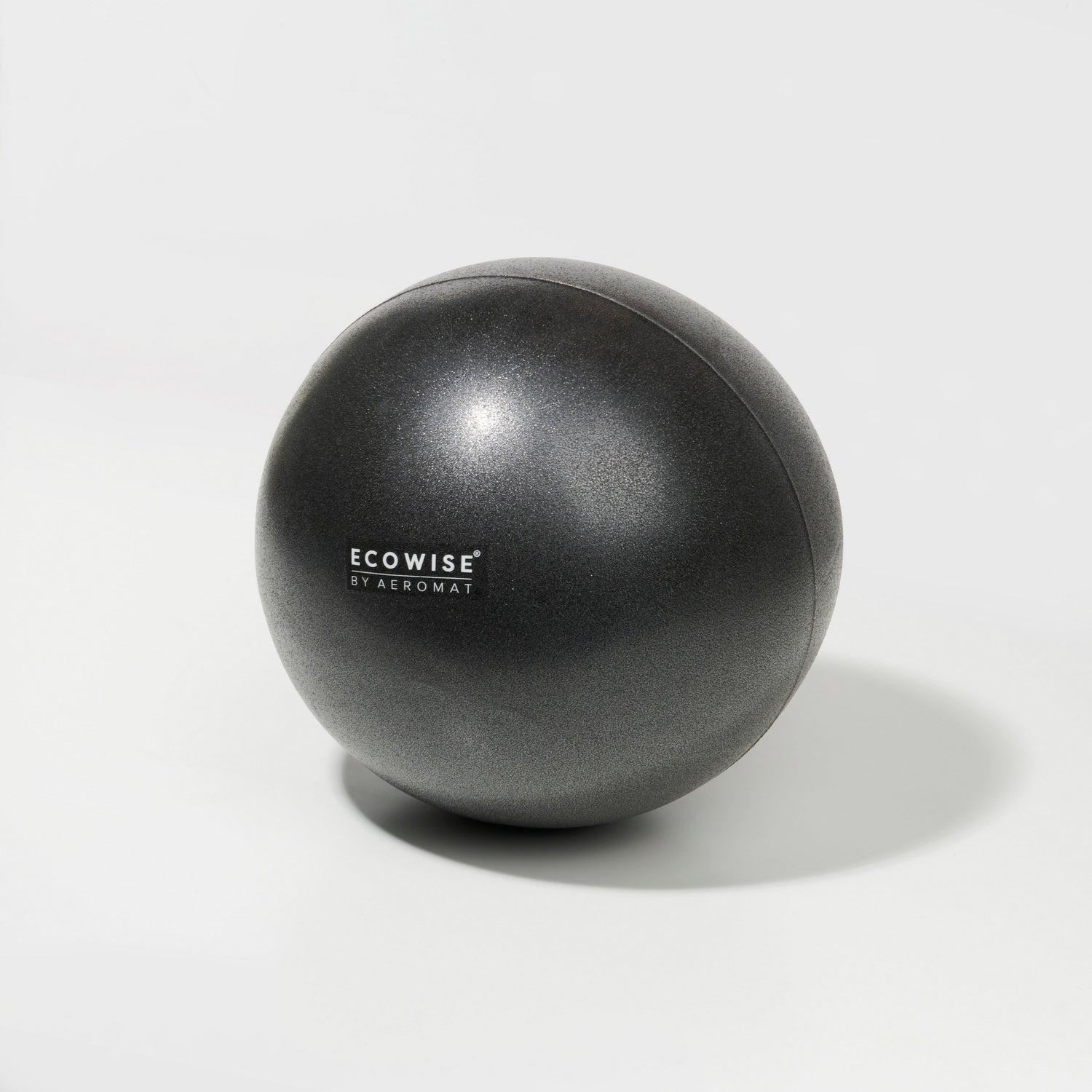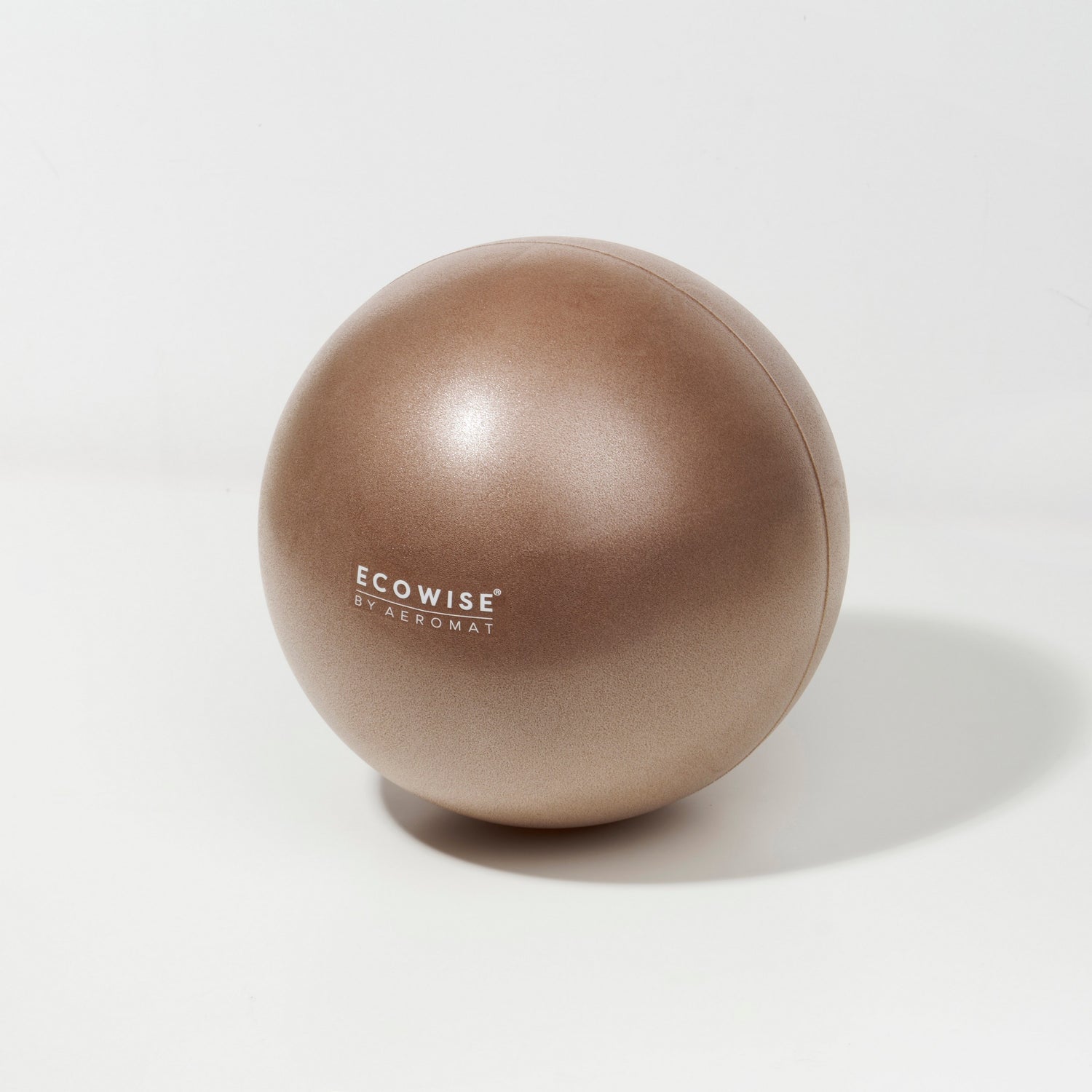The freedom to exercise whenever you want, right in your own space - this is what makes at home gyms increasingly popular among fitness enthusiasts. Home fitness equipment offers a practical solution that pays for itself while providing unmatched convenience. Whether you're looking to build a home gym from scratch or upgrade your existing setup, this guide will help you create the perfect workout space.
Most people spend between $250-$800 yearly on gym memberships. A well-planned home gym setup costs $1,000 to $1,500 - an investment that brings significant savings over time. Today's fitness equipment makes smart use of space, with innovations like adjustable dumbbells that replace dozens of traditional weights, making home workouts possible in any room size.
Ready to design your perfect workout space? This guide walks you through creating a functional home gym that matches your space and budget. You'll discover the best equipment for home gym setups, clever storage ideas, and practical solutions for every room type - from spacious garages to cozy bedroom corners.
Essential Home Gym Equipment for Beginners

The right equipment selection sets the foundation for your home fitness journey. Home gym costs range from USD 300 to USD 15,000, with most fitness enthusiasts investing around USD 2,000. Let's explore the home gym necessities that will help you get started on your fitness journey.
Basic Home Gym Equipment Checklist
Your home gym's success starts with versatile, quality equipment. The power rack stands as your workout cornerstone - models like the Fitness Reality 810XLT deliver excellent value for home gym owners. An adjustable bench, typically priced between USD 200-250, opens up countless exercise possibilities.
Quality strength training demands two key pieces:
-
Olympic barbell with weight plates
-
Adjustable dumbbells that save space while offering multiple weight options
For a well-rounded workout, consider adding a pull-up bar to your setup. This versatile piece of equipment allows for a variety of upper body exercises and can often be mounted in doorways or on your power rack.
Budget-Friendly Alternatives
Smart equipment choices help create an effective gym without excessive costs. A starter setup featuring adjustable dumbbells and a weight bench runs about USD 500. Resistance bands deliver impressive strength gains while keeping costs low. For heart-healthy cardio, a quality jump rope proves both effective and affordable.
If you're looking for home gym ideas on a budget, consider incorporating bodyweight exercises into your routine. These exercises require little to no equipment and can be highly effective for building strength and endurance.
Must-Have Safety Gear
Safety equipment protects your body during workouts. Key protective gear includes:
-
Weightlifting belt (from USD 49.95) for proper back support during heavy lifts
-
Gym gloves (starting at USD 19.95) to protect your hands
-
Wrist straps (from USD 16.50) for joint protection
Quality rubber mats or padded flooring complete your safety setup, guarding both equipment and floor surfaces from damage. A yoga mat is another essential item, providing cushioning for floor exercises and stretching routines.
Setting Up Your Home Gym Space

The perfect home gym starts with thoughtful space planning. Your workout area should blend efficiency with comfort, creating an environment that motivates you to exercise regularly. Let's explore how to set up a home gym that fits your space and needs.
Measuring Your Space
Most home gyms thrive in 200 to 400 square feet - similar to a single-car garage. Small home gym setups need just 20-50 square feet for free weights or yoga practice. Larger equipment like treadmills or multiple stations work best with 50-200 square feet.
Choosing the Right Room
Your ideal workout space should match your lifestyle and daily routine. Place your gym near a bathroom for added convenience. Here's what makes each room option special:
-
Basement: Excellent sound control and natural temperature regulation
-
Unused Guest Room: Perfect for focused, private workouts
-
Garage: Spacious layout with easy equipment access
-
Home Office: Smart choice for quick workout breaks
Floor Protection Options
Quality flooring creates a stable foundation for safe, effective workouts. Wall-to-wall interlocking rubber tiles or vinyl flooring mirror commercial gym durability. Strategic placement of cushioned mats helps control noise and moisture while protecting your equipment.
Ventilation Requirements
Fresh air flow keeps your workout space healthy and equipment lasting longer. Good ventilation needs 20 cubic feet per minute per person. Create the perfect environment with:
-
Oscillating fans that keep air moving
-
Dehumidifiers for moisture control
-
Air purifiers that maintain clean air
Smart Storage Solutions

The right storage setup turns a chaotic exercise space into an organized fitness sanctuary. Efficient storage solutions make every square foot count while keeping your equipment storages within easy reach.
Wall-Mounted Options
Your walls offer valuable storage potential with versatile mounting systems. A sturdy wall-mounted storage rack supports up to 330 lbs of equipment, featuring thoughtfully designed elements:
-
Cushioned barbell holders with protective lining
-
Dedicated pegs for bands and ropes
-
Heavy-duty hooks for belts and bags
-
Custom holders for rollers and mats
Pegboards add both style and function to your gym walls. These adaptable boards welcome creative storage solutions - from resistance band hooks to lightweight dumbbell mounts - while enhancing your gym's visual appeal.
Multi-Purpose Furniture
Stylish storage cabinets blend seamlessly with your home décor while organizing your fitness gear. Six-compartment units keep towels, weights, and workout essentials neatly arranged. Double-decker storage bins with soft fabric containers cradle your kettlebells, weighted balls, and accessories safely.
Space-conscious fitness enthusiasts will appreciate PIVOT systems - clever solutions that transform bedrooms into complete gyms, tucking equipment discreetly away between sessions. Murphy beds with integrated shelving offer another smart option, preserving your room's versatility.
Modern wire mesh cubbies bring both style and practicality to your workout space. These mobile units roll smoothly throughout your gym, keeping smaller items organized and accessible whenever you need them.
Room-Specific Setup Guide

Each room in your home offers unique possibilities for creating the perfect workout space. Your ideal gym setup depends on the room's natural advantages and limitations.
Garage Gym Setup
The garage welcomes a full-scale fitness center with its generous dimensions. Your power rack becomes the room's focal point, needing 21.5 inches of depth when mounted to the wall. Quality insulation and ventilation systems help maintain comfortable temperatures year-round. Heavy-duty rubber flooring mats rated for half-ton weights protect your investment and garage floor.
Basement Gym Layout
Basements make excellent gym spaces, but moisture control demands attention. Test your walls with clear plastic and gorilla tape before setup - visible condensation signals the need for wall sealing. A reliable dehumidifier paired with proper ventilation safeguards your equipment and workout environment. The naturally stable temperatures make basements perfect for consistent year-round training.
Bedroom Corner Gym
Your bedroom corner holds surprising potential as a compact fitness zone. Space-saving champions like wall-mounted racks fold to a slim 6 inches when not in use. Adjustable dumbbells eliminate the need for multiple weight sets. Vertical storage solutions work beautifully for cardio equipment like stationary bikes and rowing machines.
Living Room Solutions
Smart design choices help your living room double as an attractive workout area. Stylish cubby bookcases keep fitness gear hidden yet handy. Thoughtful furniture choices maintain your room's beauty - consider ottomans that store resistance bands or decorative chests housing yoga equipment. Your living space stays welcoming while supporting your fitness goals.
Smart Tips for Creating a Home Gym
The journey to a well-equipped home gym brings both financial wisdom and workout freedom. Your personal fitness space pays for itself quickly, replacing yearly gym fees with lasting value. Quality equipment choices, thoughtful space planning, and clever storage ideas make effective workouts possible in any room size.
The perfect home gym reflects your unique needs and space. From spacious garage setups to compact bedroom corners, each solution works best when tailored to your daily routine and fitness goals. Consider incorporating mirrors into your setup to help with form and technique during exercises.
Quality equipment forms the backbone of every successful home gym. AeroMat® and EcoWise® products stand out as trusted choices among dedicated fitness enthusiasts. Our commitment to natural materials, durability, and precision craftsmanship comes from decades of American manufacturing excellence.
To maintain workout motivation, consider creating a dedicated exercise routine that fits your schedule and goals. Incorporate a variety of exercises using your home gym equipment to keep your workouts interesting and challenging. Don't forget to include recovery tools like foam rollers in your setup to help prevent injuries and promote muscle recovery.
FAQs
How much space do I need for a home gym?
A functional home gym typically requires between 200 and 400 square feet of space, roughly equivalent to a single-car garage. However, you can create an effective workout area in as little as 20-50 square feet for free weights or yoga activities. The space needed depends on your equipment and workout preferences.
What are the essential pieces of equipment for a beginner's home gym?
For beginners, essential home gym equipment includes a power rack, an adjustable bench, an Olympic barbell with weight plates, and adjustable dumbbells. These versatile items form the foundation of a functional home gym. Additionally, resistance bands can be a cost-effective alternative for strength training.
How can I set up a home gym in a small space?
To maximize a small space for a home gym, consider wall-mounted storage options like racks and pegboards for equipment organization. Use multi-purpose furniture with built-in storage, and opt for space-saving equipment like adjustable dumbbells. For cardio, compact solutions such as jump ropes or foldable machines work well in limited areas.
What flooring should I use for my home gym?
Proper flooring is crucial for a home gym. Interlocking rubber tiles or vinyl flooring are excellent options when installed wall-to-wall. Alternatively, individual cushioned mats can be placed strategically under equipment to protect your floor, reduce noise, and absorb sweat. These options safeguard both your equipment and the building's foundation.
How much does it cost to set up a basic home gym?
The cost of setting up a home gym can vary widely, but a basic setup with adjustable dumbbells and a weight bench can start at around $500. A more comprehensive home gym typically costs between $1,000 to $1,500, which can pay for itself within a few years compared to gym membership fees. Budget-friendly alternatives like resistance bands can help reduce costs further.












